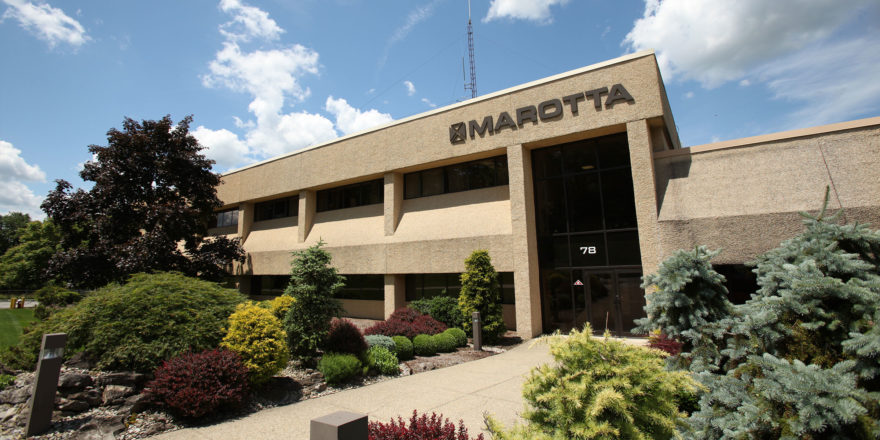Patrick Marotta, president and chief operating officer of Marotta Controls, has diversified the company beyond Marotta’s fluid control products, expanding their offerings to include electronics and power conversion technologies. Under his leadership, the company has been named the U.S. Small Business Administration’s Regional Small Business of the Year, a big honor for a family-owned firm.
Marotta offers his insight on recruiting and retaining top talent to the aerospace industry. This is the second part of a two-story series sponsored by Marotta Controls.
Question: You’re company has experienced rapid growth in the past five years. What initiatives are you undertaking to sustain future growth?
Answer: First and foremost, our people are the future of Marotta Controls. In addition to attracting and retaining the best and brightest, we take great care to ensure that every employee understands the vision, mission and core values of our company. It is imperative that everyone clearly sees where our business is going and what role they play in making sure that we are successful in getting there.
Secondly we continue to execute our growth strategy through investment in strategic partnerships that are purposefully structured to support the missions of our key customers. We are committed to investing a high percentage of our revenue on new program development as well as internal R&D.
Q: What will be the affect of advanced manufacturing on your technology and business development?
A: Advanced manufacturing techniques and technology will allow shorter lead times and the ability to create products that were previously impossible to consider. Marotta uses its manufacturing center of excellence to enable our responsiveness and keep development under the supervision of the design engineers.
Q: If you had the power, what’s the one aerospace and defense industry issue you would resolve today, and how would you do it?
A: Many of our industry woes would be solved by speeding new platforms to service. A constant flow of new platforms would encourage risk-taking, incubate new ideas and attract new talent who knew they could see the results of their efforts during their tenure. To this end, a move away from the 99% exquisite solution towards an 80% solution would field new capability, faster and at a fraction of the cost.
Q: What role will recruiting and retention play in the industry going forward?
A: Recruitment and retention will play a major role for at least the next decade. We design and develop some pretty amazing things in this industry – we have to make it known to young engineers that there are some great career opportunities in aerospace and defense.
Q: How has your company addressed the recruitment and retention challenge?
A: Like our industry peers, we actively compete for talent and have been very disciplined and creative with our approach to recruitment. For example, we sponsor and mentor engineering programs at local top tier universities, and leverage this network to recruit the best and brightest into our internship programs. Additionally we provide continuous training and education after hire.
The spirit of innovation is high in a small business – and joining one provides the unique opportunity for an ambitious individual to take some risks, push some boundaries and make a tremendous impact.

